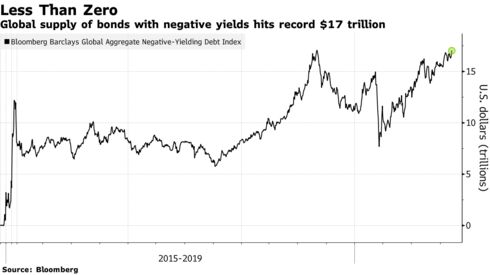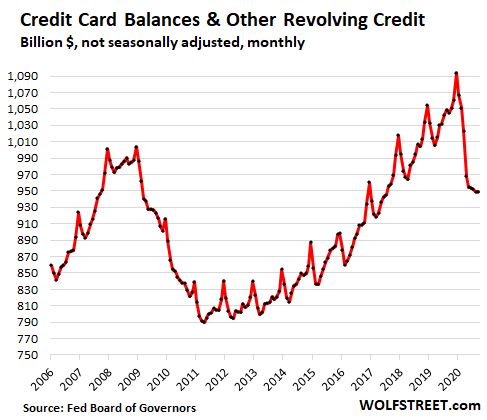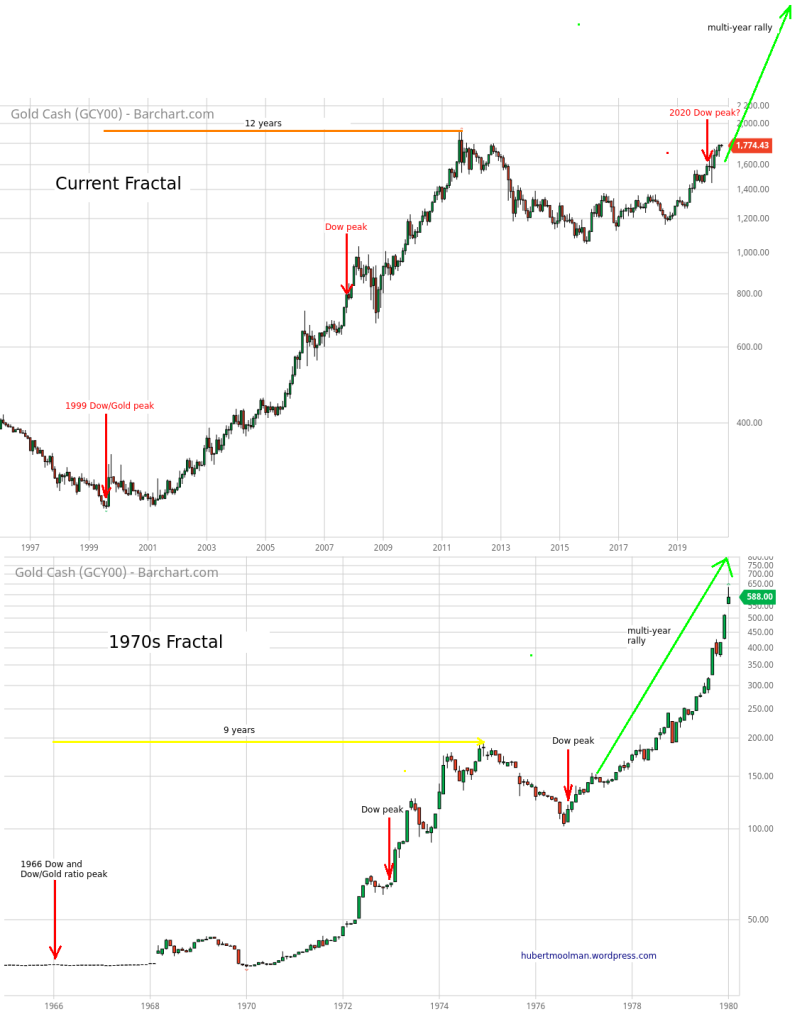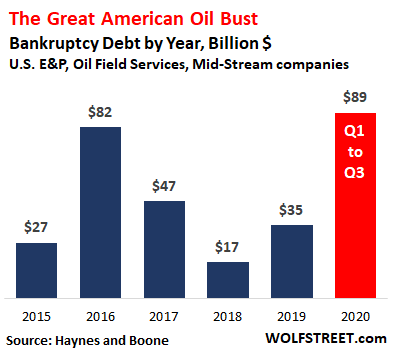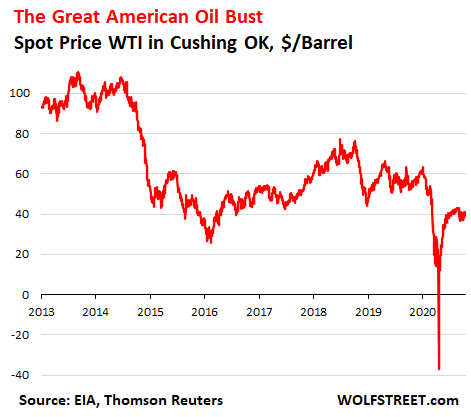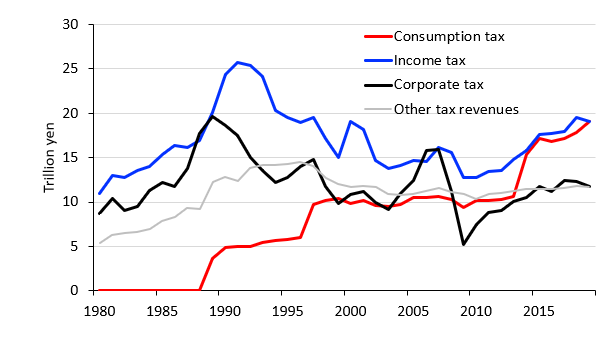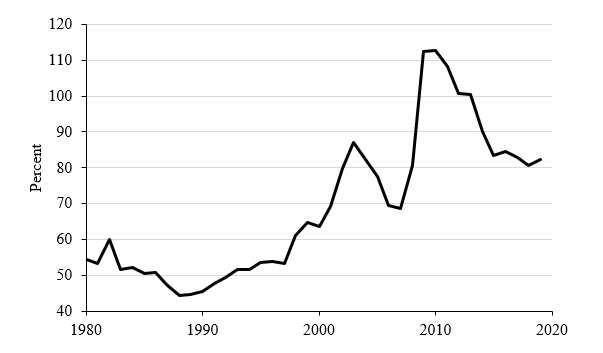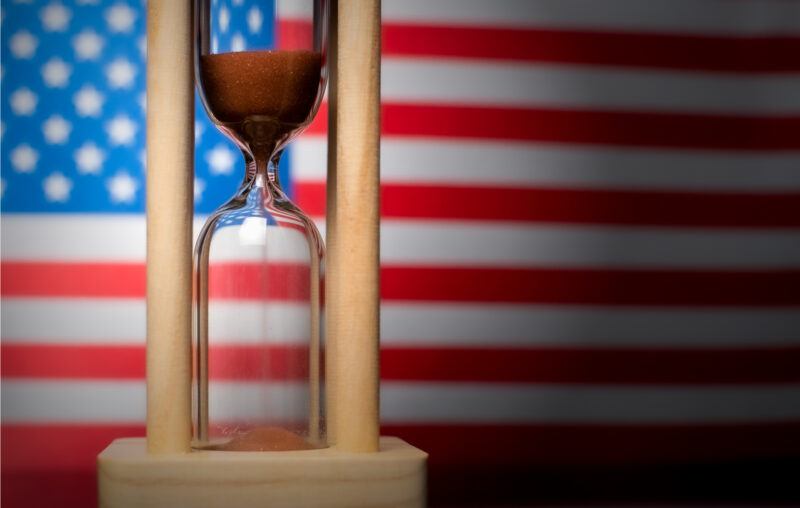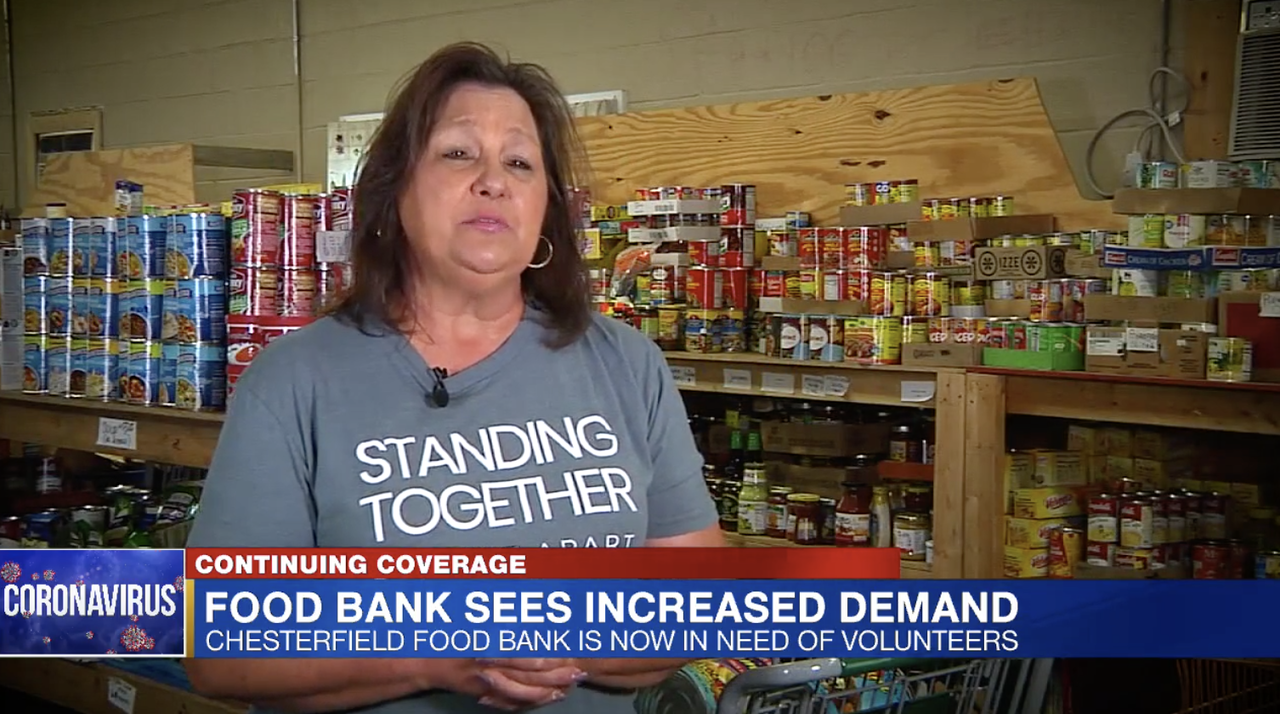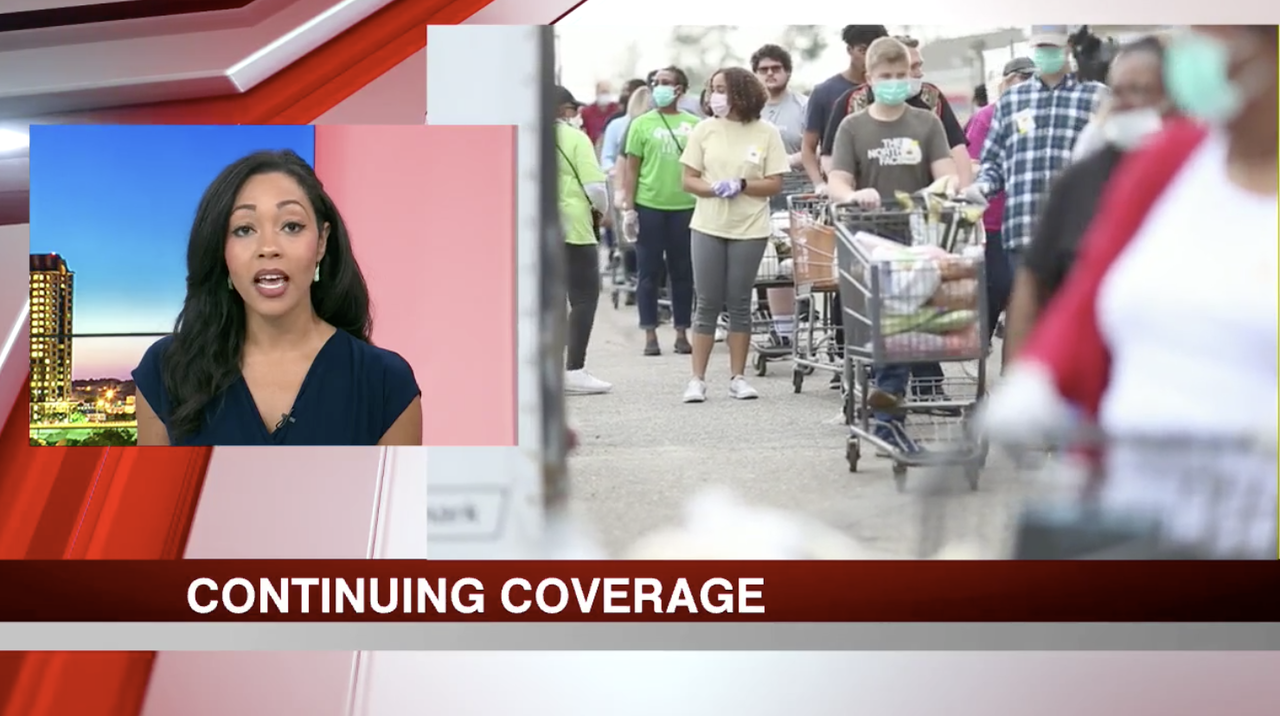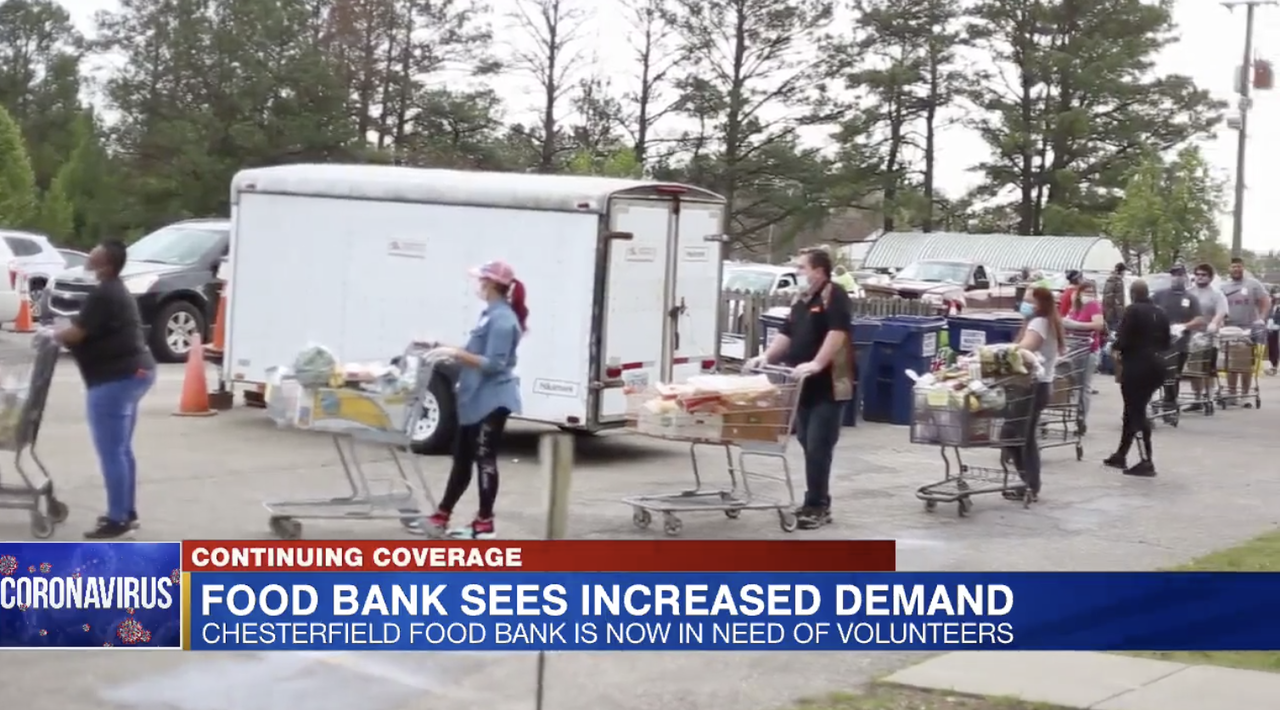Arab Gulf oil producers are losing billions of U.S. dollars from oil revenues this year due to the pandemic that crippled oil demand and oil prices. Because of predominantly oil-dependent government incomes, budget deficits across the region are soaring.
Middle East’s oil exporters rushed to raise taxes and cut spending earlier this year, but these measures were insufficient to contain the damage.
The major oil producers in the Gulf then rushed to raise debt via sovereign and corporate debt issuance. Bond issues in the region have already hit US$100 billion, exceeding the previous record amount of bonds issued in 2019.
Thanks to low-interest rates and high appetite from investors, the petrostates are binging on debt raising to try to fill the widening gaps in their balance sheets that oil prices well below their fiscal break-evens leave.
Saudi Aramco Taps International Debt Market Again
One of the latest issuers is none other than the biggest oil company in the world, Saudi Arabia’s oil giant Aramco, which raised this week as much as US$8 billion in multi-tranche bonds.
Aramco is tapping the international U.S.-denominated bond market for the second time in two years, after last year’s US$12 billion bond issue in its first international issuance, for which it had received more than US$100 billion in orders.
Saudi Aramco prefers to considerably increase its debt to cope with the oil price collapse than to touch its massive annual dividend of US$75 billion, the overwhelming majority of which goes to its largest shareholder with 98 percent, the Kingdom of Saudi Arabia.
Analysts warn that the dividend windfall from Aramco will not be enough to contain Saudi Arabia’s widening budget deficit if oil prices stay in the low $40s for a few more years.
…click on the above link to read the rest of the article…


